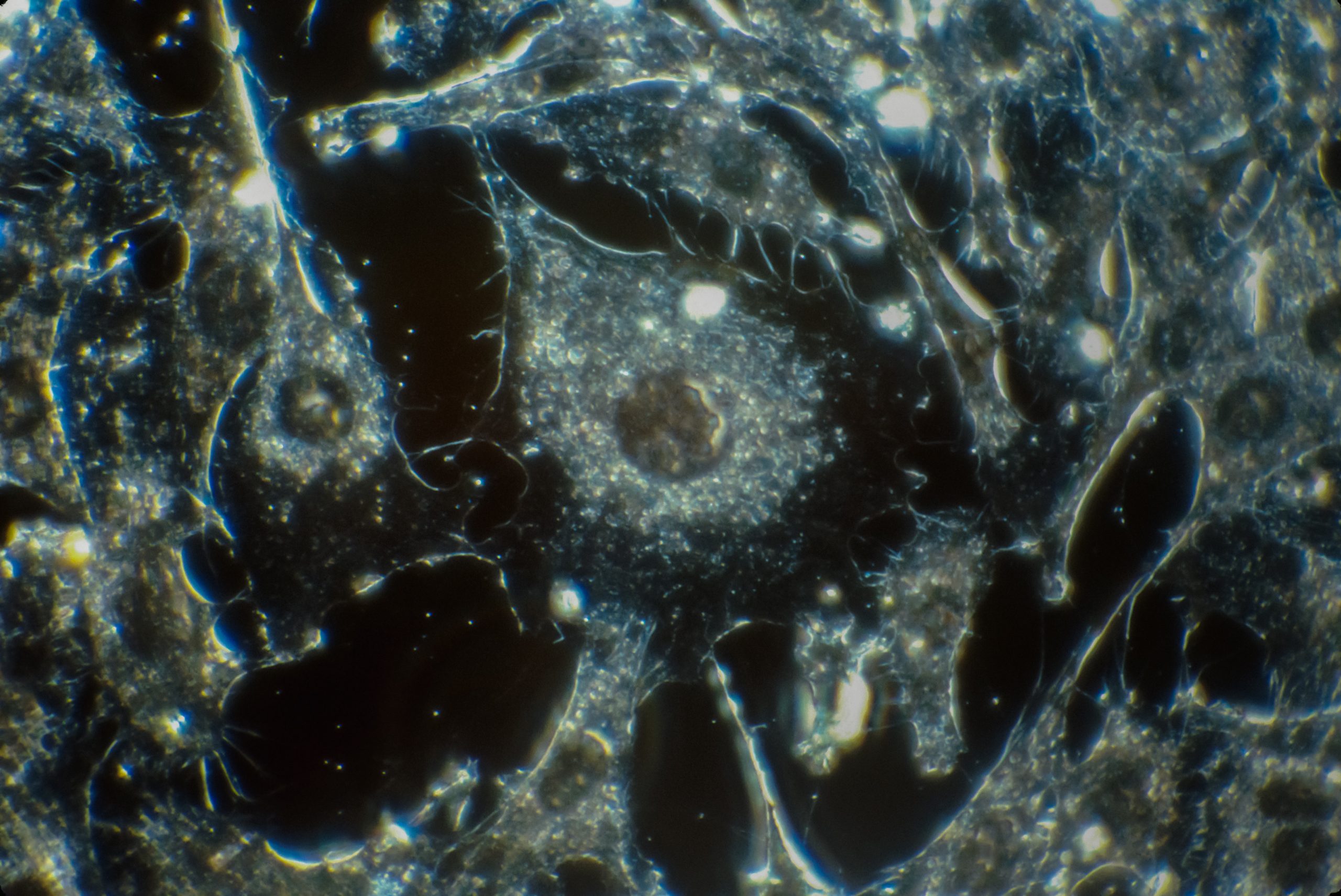A cancer diagnosis is among the worst possible outcomes for patients. There is so little known about this illness that it is frightening to even think about. The term “cancer” actually refers to a group of diseases with a wide variety of potential origins and outcomes. Here, you’ll learn about the various forms of cancer and what you should be aware of them. Effective diagnosis and treatment require knowledge of the patient’s specific cancer subtype.
Origins of the Illness
Experts agree that there are over a hundred different kinds of cancer, each with its own unique set of potential causes. Cancer develops when cell growth and division are not controlled. It is possible for cancer cells to invade and metastasize to any organ in the body.
Cane has been neatly divided into five types for your perusal:
Cancers that form on the skin or on the linings of internal organs (1) (carcinomas). Colon cancer, breast cancer, and lung cancer are the three most common types of cancer.
Cancers known as sarcomas develop in the connective or supportive tissues that serve to hold or transport other organs and tissues. Leiomyosarcomas and liposarcomas favor fatty tissue and muscle, while osteosarcomas thrive on hard tissue like bone.
Third, the bone marrow is where leukemia first develops; this is where the body makes its supply of brand-new blood cells. Acute lymphocytic leukemia is the most prevalent type of leukemia (ALL).
Lymphomas develop from lymphocytes (a type of white blood cell). Non-Hodgkin lymphoma and Hodgkin disease are the two most common forms of lymphoma. The fifth most common group includes brain and spinal cord tumors in addition to Hodgkin’s disease. Squamous cell astrocytoma is another name for this malignancy.
Cancer’s Roots and Its Repercussions
Depending on the specific type of cancer a person is suffering from, the disease’s physical manifestations can range widely. If you have a thorough understanding of your cancer type, you can make well-informed decisions about your care.
Here, we classify cancers into four broad subtypes using the table below.
The disease strikes more women than men, but men are not immune to it. Breast cancer typically begins in the milk ducts or lobules of the breast, but it can spread to other parts of the body.
Lung cancer is the leading cause of cancer death for both men and women. The vast majority of lung cancer cases are caused by cigarette smoking, but non-smokers can still develop the disease. Lung cancer has the potential to spread to other organs via metastasis.
Male-specific cancers, such as prostate cancer, disproportionately affect older men. While prostate cancer most often begins in the prostate gland, metastasis can occur in any organ.
Colorectal cancers include both colon and rectovaginal cancers. In spite of the fact that women have an equal mortality risk to men from colorectal cancer, men are more likely to be diagnosed with the disease. Colon or rectal polyps (growths) are commonly associated with an elevated danger of developing invasive colorectal cancer.
If there is a cause for cancer, what is it?
It’s not surprising that many different things could play a role in cancer’s progression, given the wide variety of ways it can manifest. Many factors increase the likelihood of cancer development, but the following are among the most common:
A chemical must cause a change in the DNA of cells in order to be considered a carcinogen. Studies have shown that exposure to tobacco smoke, certain chemicals, and ultraviolet (UV) light can increase the risk of developing cancer in humans.
It has been established that certain inherited genetic mutations can raise one’s susceptibility to cancer.
Inflammation is the body’s normal response to an injury or infection, but when it persists for an extended period of time, it is considered chronic inflammation. In contrast, DNA damage from ongoing inflammation may elevate cancer risk.
A higher risk of developing breast, ovarian, and colon cancer is associated with being overweight or obese.
Human papillomavirus (HPV) and other viruses can cause cellular changes that may progress to cancer if allowed to continue replicating.
Indicators of Cancer
The signs of cancer can take many forms. Different types of cancer can manifest in different ways, but there are common red flags. Weakness, loss of appetite, pain, and a shift in bowel or bladder habits are typical symptoms.
If any of these signs and symptoms are felt, prompt medical attention is required. The prognosis for cancer patients can be greatly improved through routine screening and rapid treatment.
Cancer Incidence Rate
Clinical presentations of cancer differ widely between different types of cancer. Having access to a trustworthy medical professional is crucial for making well-informed choices about one’s health.
Cancer patients often have to wait for the onset of symptoms before doctors suspect the disease. Abnormalities on a mammogram or a breast lump are common early indicators of breast cancer. The doctor will likely recommend some tests to double-check the diagnosis.
Some cancers, such as skin cancer, can be diagnosed simply by looking at a suspicious area. There are, however, outliers that demand closer inspection. A tissue sample is surgically removed and analyzed in a procedure called a biopsy.
Diagnostic imaging has also been shown to aid in the early detection of cancer. Images of internal organs can be obtained via radiographs, MRI, and PET, all of which can be used in the detection of cancer.
The stage of the cancer is a major factor in determining the best treatment (how far it has spread). Staging tests help doctors assess tumor size, metastatic spread, and other factors related to cancer.
Managing Cancer Therapy: Strategies for Success
Dr. Lederman’s radiosurgery cancer treatment center is the place to go if you want to get ahead of this potentially fatal disease.
While cancer treatment can improve a patient’s outlook, there is currently no known cure. In order to start treatment for cancer, a prompt diagnosis from your doctor is essential.
The three most common forms of malignant tumors are carcinomas, sarcomas, and leukemias. Skin cancer, intestine cancer, lung cancer, and breast cancer are the most prevalent forms of the disease in the Western world. Even more rarely, sarcomas can develop in soft tissues or bones. Leukemia, or cancer of the blood cells, can occur in either an acute or a chronic form.
Your oncologist may advise a regimen of chemotherapy, radiation therapy, and surgery to remove the cancerous tissue for the best chance of survival. Surgery is often the first step in a multi-modal treatment plan that also includes radiation therapy, chemotherapy, or some combination of these. The type and stage of your cancer will determine whether or not you undergo surgical treatment. Using chemical agents and high-energy beams, respectively, chemotherapy and radiation therapy kill cancer cells.
Immunotherapy and targeted therapy are two nontraditional medical approaches. Drugs are used in targeted therapy to inhibit cancer cell production of a specific gene or protein. During immunotherapy, the patient’s own immune system is used to seek out and destroy cancer cells.
Participating in a clinical trial is something to think about if you have a rare form of cancer or if your cancer has not responded to standard treatments. Clinical trials on human subjects are used to test new and promising treatments before they receive FDA approval. You’ve come to the right place if you’re in search of a one-stop-shop for all of your needs.
Interventions to Reduce the Risk of Cancer
It’s common knowledge that cancer is a devastating illness with a bleak outlook. The good news is that you can take precautions to reduce your susceptibility to the disease.
Adopting a healthy lifestyle has been linked to a decreased risk of developing cancer. In order to significantly lower cancer risk, making healthy lifestyle choices such as eating more healthily, exercising regularly, and not smoking is essential. Avoiding carcinogenic chemicals and radiation, as well as maintaining a healthy diet and exercise routine, are all beneficial.
If a parent, sibling, or other close relative has cancer, you are also more likely to get it. As a result, it’s crucial to have an in-depth discussion about preventative measures with your doctor. This goal can be aided by introducing more frequent screenings and checkups and by using genealogical analysis.
Obviously, the best way to prevent cancer is to never get it, and this can be achieved through a combination of a healthy lifestyle and an understanding of one’s own personal cancer risk factors.
Conclusion
Due to cancer’s complexity, a full comprehension of the disease has yet to be achieved. The information presented here should help you gain a better understanding of the various cancers and their associated risk factors. If you have any concerns about your health, you should consult a medical professional. The more you learn about cancer and other diseases, the better you can care for yourself and your loved ones.










